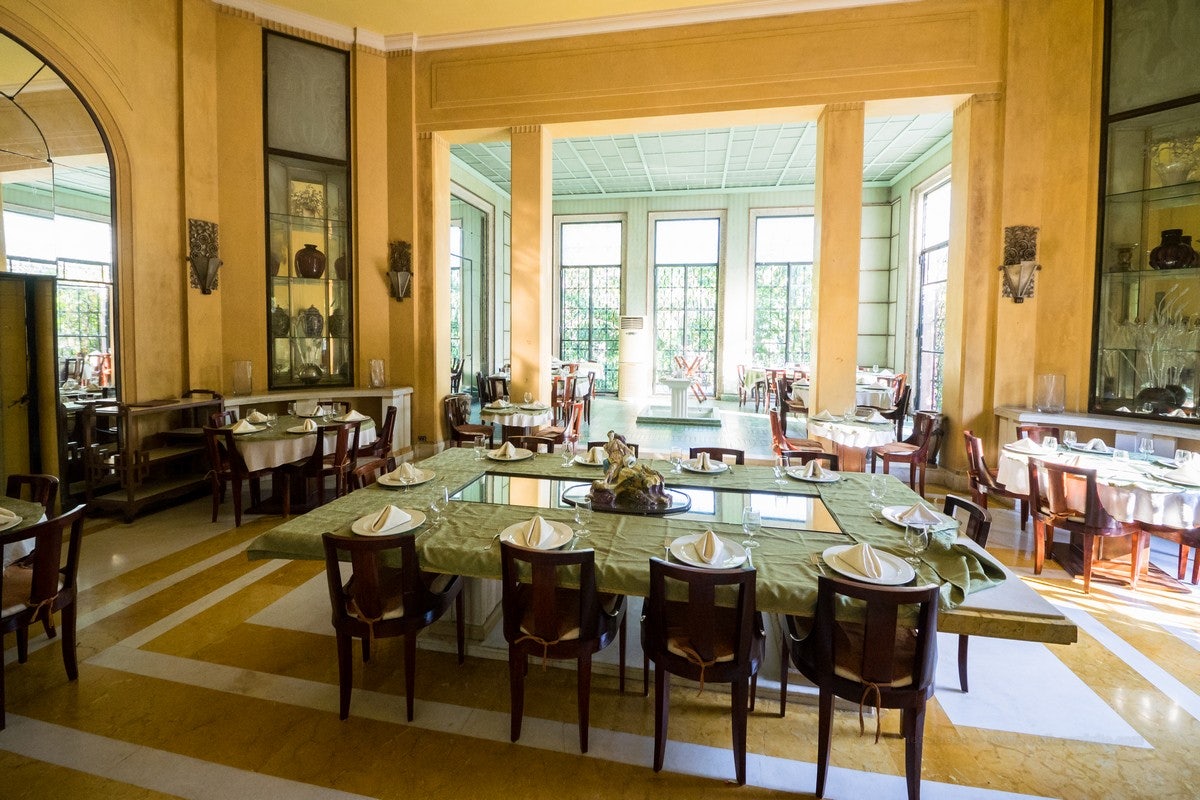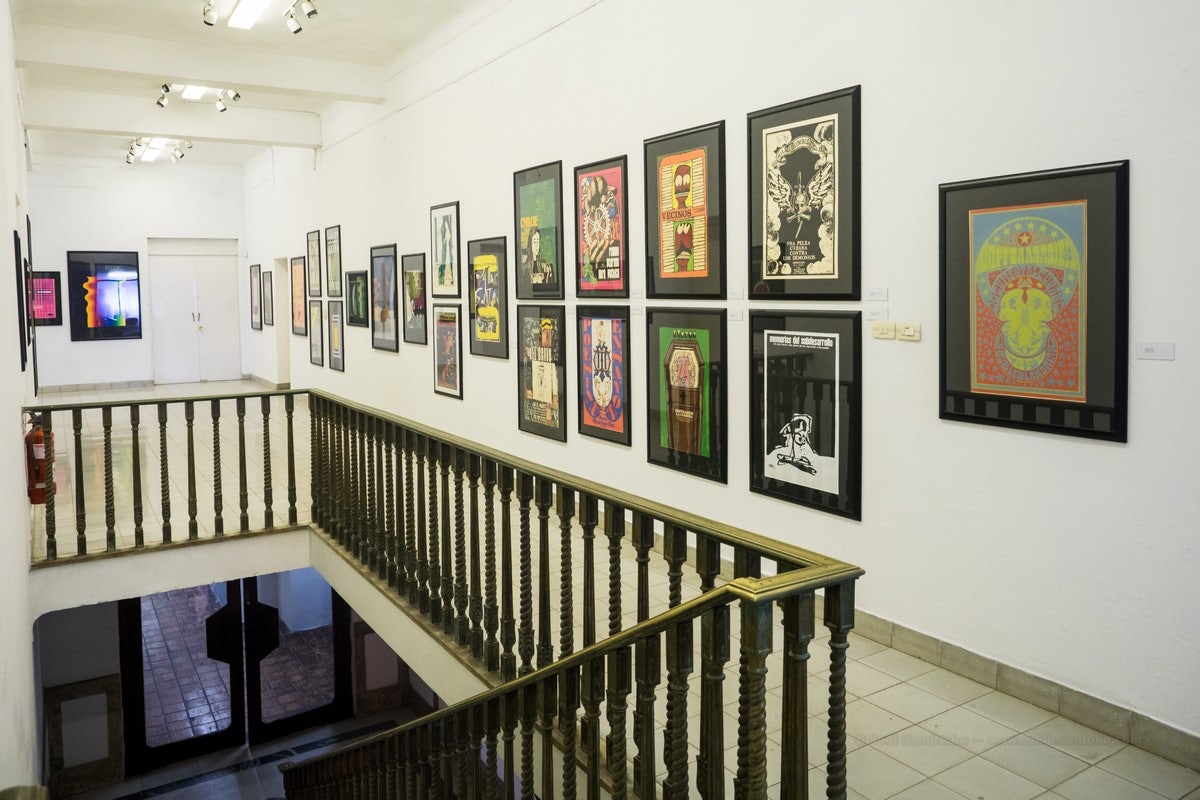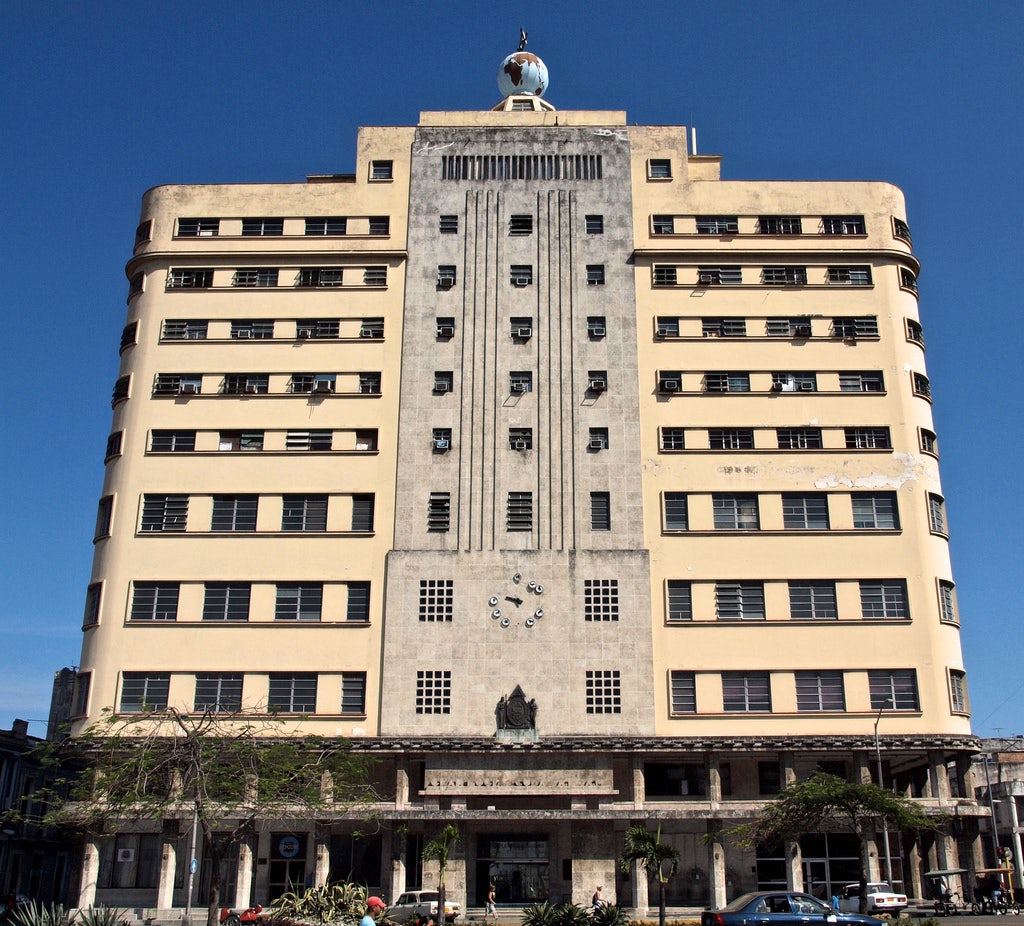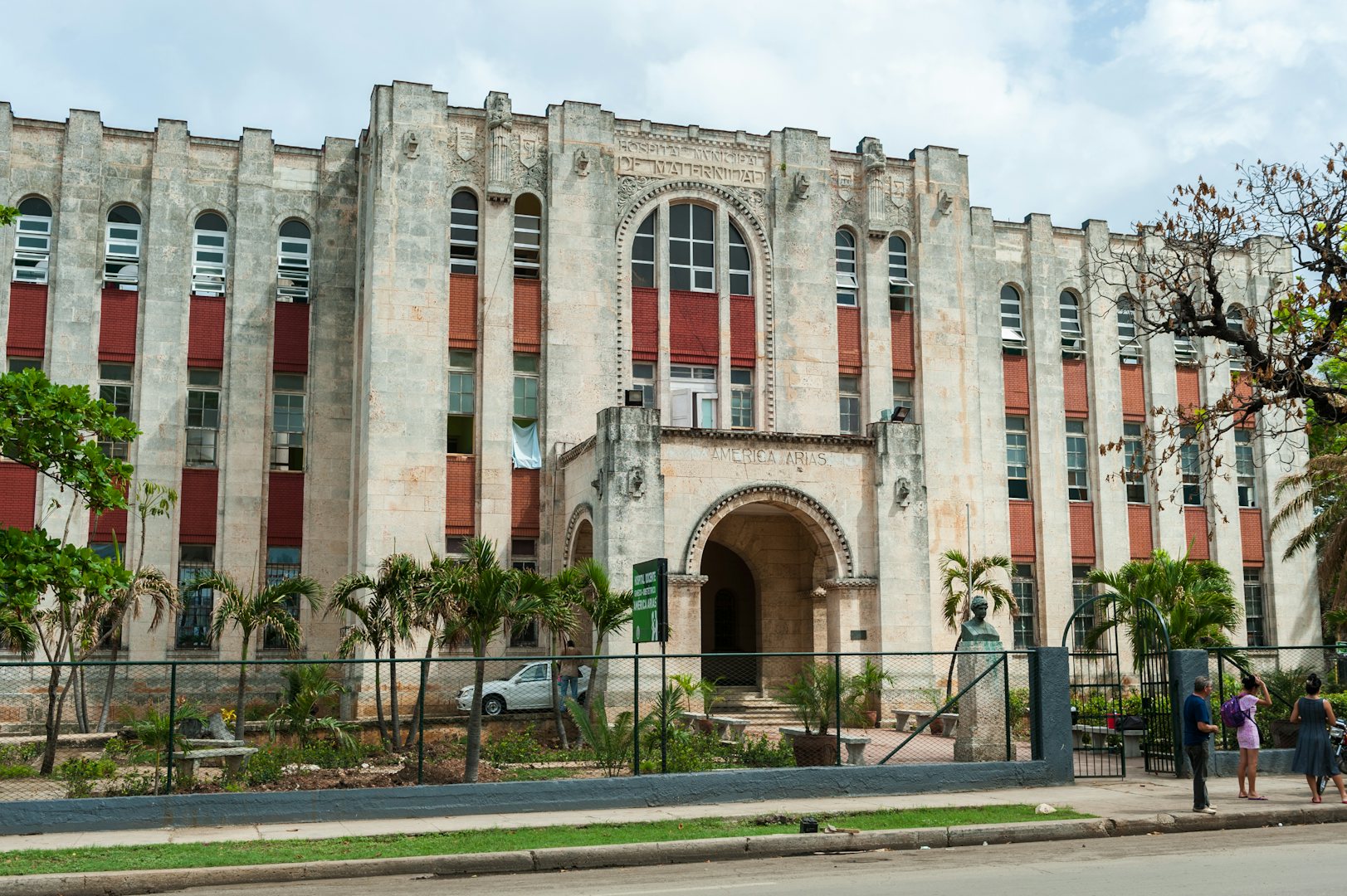5 art deco houses in Havana
1) Casa de la Amistad
A perfect example of an early 20th-century residential art deco interior. The building was built by two lovebirds, Catalina Lasa and Juan Pedro Baró. Catalina, stuck in a loveless marriage with a rich aristocrat, fell in love with landowner Baró in 1905. As there were no divorce laws in Cuba at the time, the lovers escaped to Paris to continue their love affair. They returned to Cuba in 1917 after divorce became legal. For Catalina Baró built a neo-classical/Italian Renaissance villa on Vedado’s grand avenue, and had it painted pink, her favorite color. When she died in 1930 Baró returned to France. Nowadays the villa is home to the Casa de la Amistad. Various activities are organized here in order to promote cultural exchanges. The art deco dining room with its Lalique glass panels now is home to a restaurant called Primavera.

2) Casa de Las Américas
Resembling a vertical church, this building, which was built in 1947, has a triple telescopic clock tower, which was added in 1953. Take a look at the art deco details in the relief above the canopy entrance, the cupola and the four-faced clock. The geometric vertical lines and recesses are characteristics of the streamlined art deco architecture that was so popular in Havana two decades earlier. Casa de las América, founded in 1959, promotes Latin American literature and art.

3) Gran Templo Masónico de Cuba
The Gran Templo Masónico by Emilio Vasconcelos, which was built in 1955, is one of his last modern works. By then the more rational, less flamboyant second modern movement was becoming increasingly popular.

4) Hospital Municipal de Maternidad América Arias
This hospital, which the locals also call la Maternidad de Línea, is one of the first art deco buildings to be built in Havana. It was designed in 1930 by the architects Govantes and Cabaroccas. The building is vertically oriented and has a typical art deco façade with decorative art deco elements. We definitely recommend walking past this building and taking some time to marvel at it.

5) Casa de Julia Tarafa
This private house was designed by Angel de Zárraga in 1933. Art deco prospered at a time of commercial success (sugar trade). The combination of pastels with whimsical motifs creates a tropical deco look.
JOIN THE HIDDEN SECRETS SOCIETY
Unlock a world of hidden gems. Sign up for free and gain access to over 4,000 addresses on our website. Plus, enjoy a 10% discount on all print guides and ebooks. Start exploring today!
Already a member? Log in. |
New here? Sign up. |